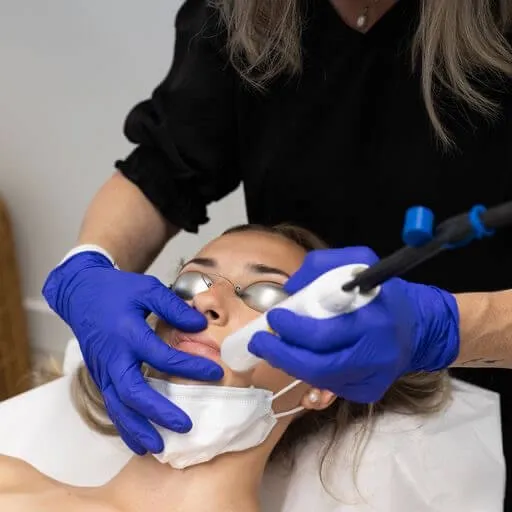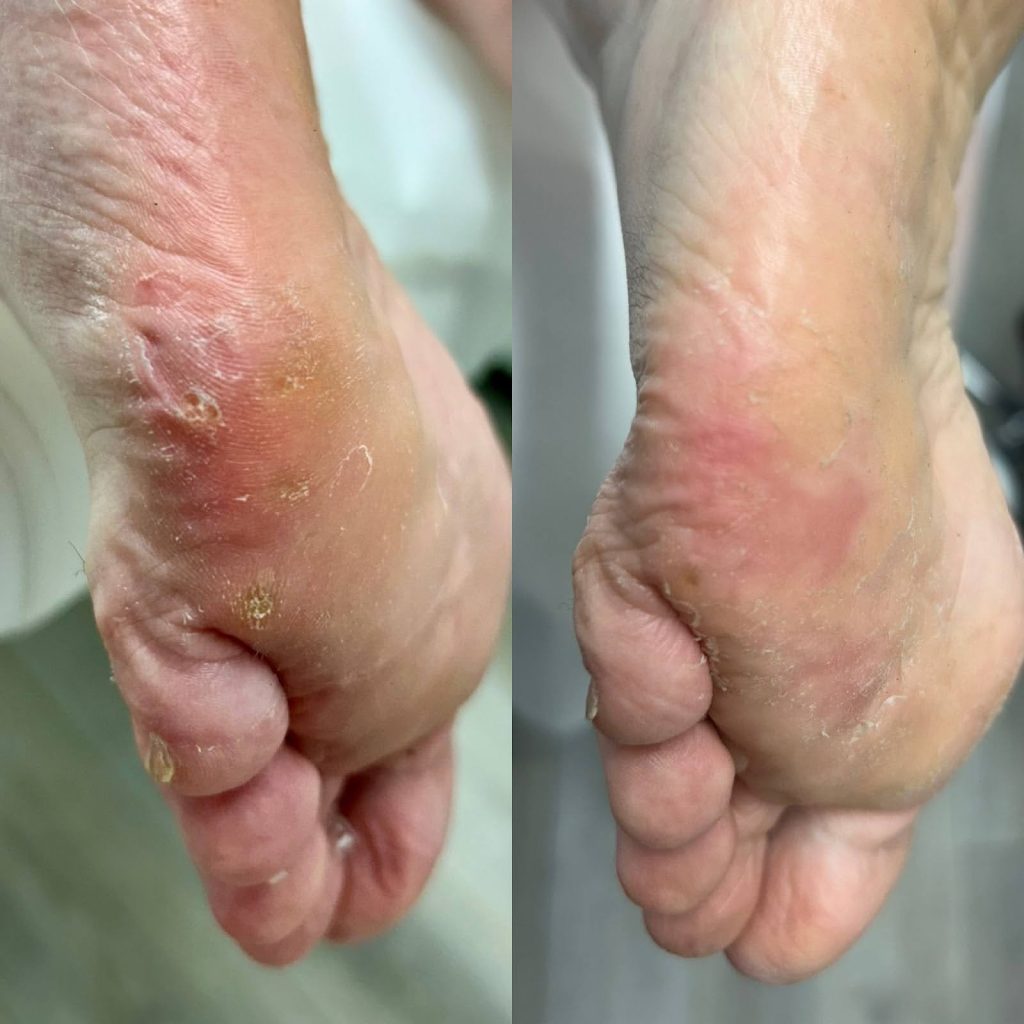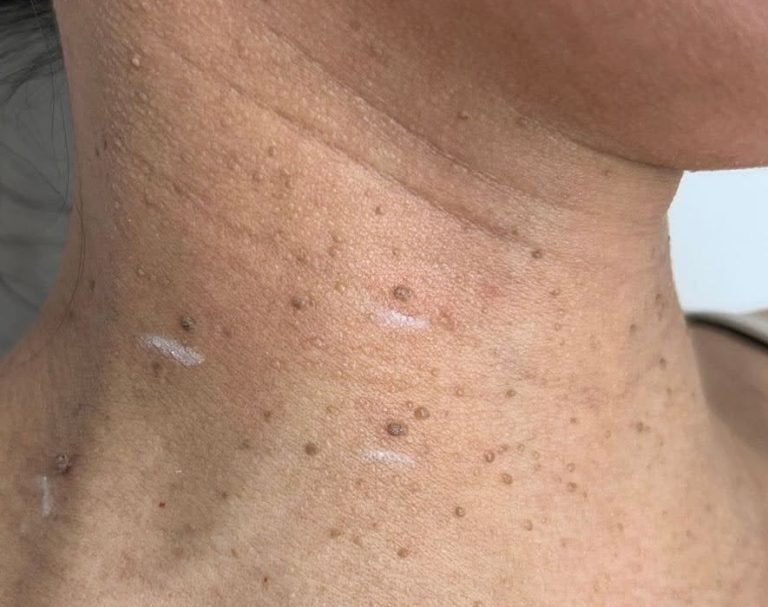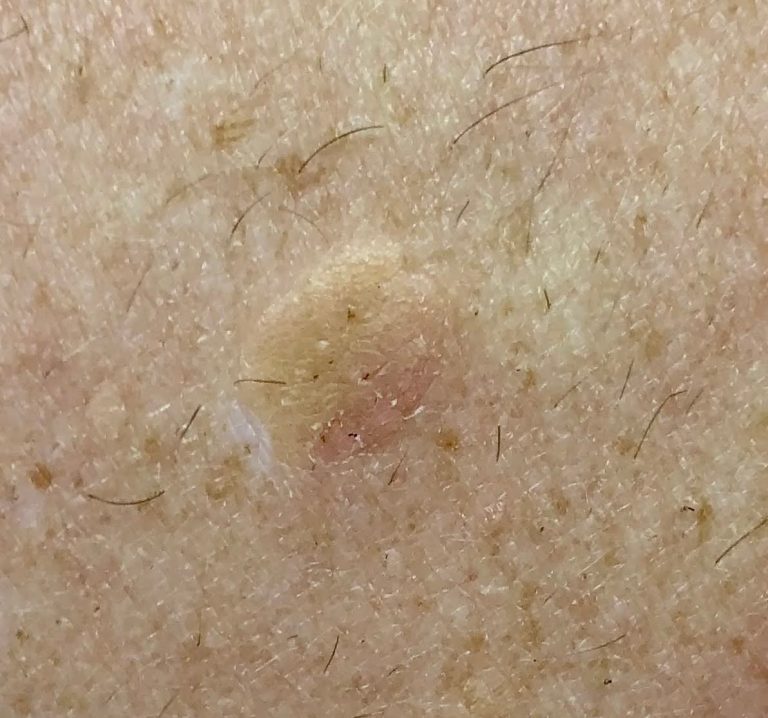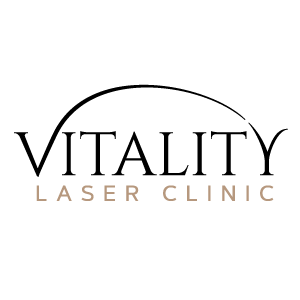Safe, Precise Laser Removal of Common Skin Growths in Victoria, BC
Laser wart, skin tag, and seborrheic keratosis removal in Victoria, BC, offers a safe, precise, and minimally invasive way to treat common benign skin growths. At Vitality Laser Clinic, I use the Alexandrite laser for gentle, effective treatment with minimal risk of scarring.
